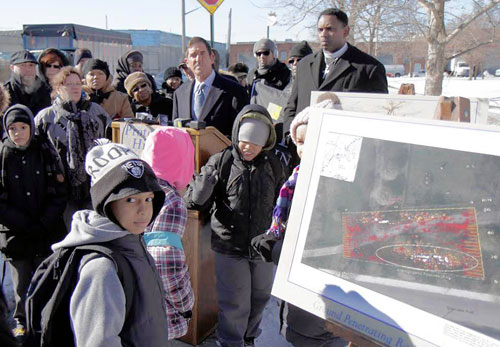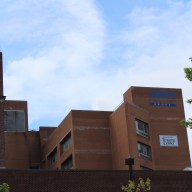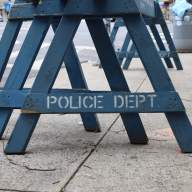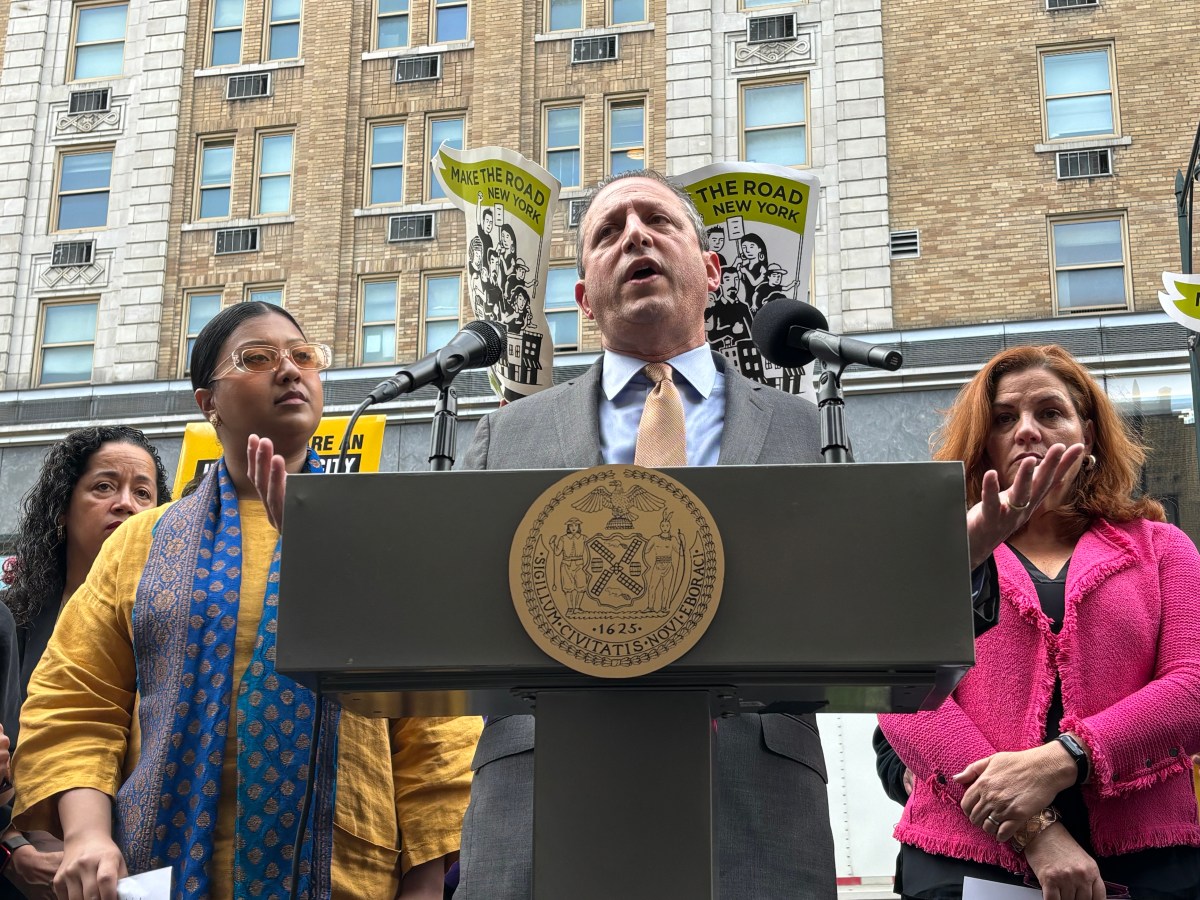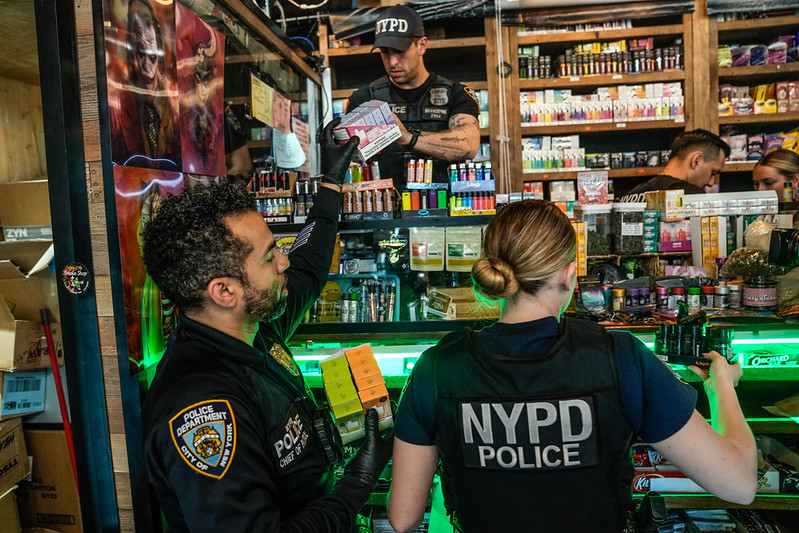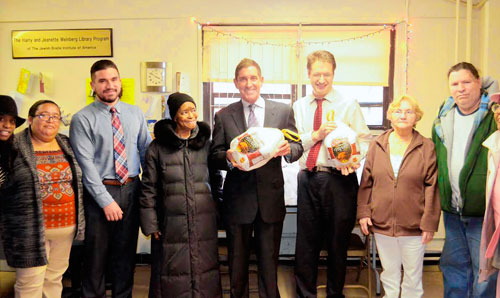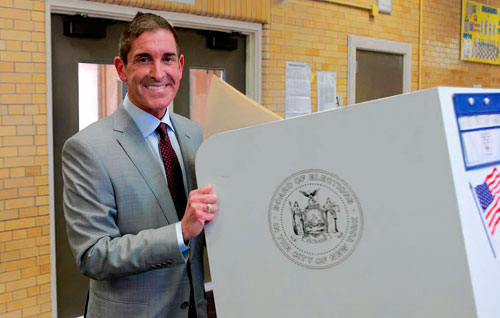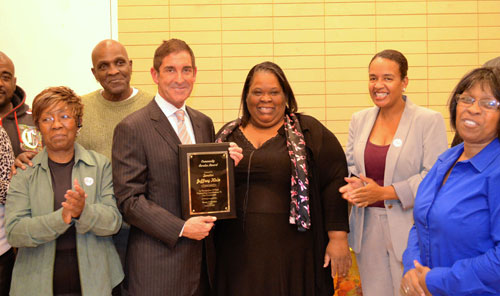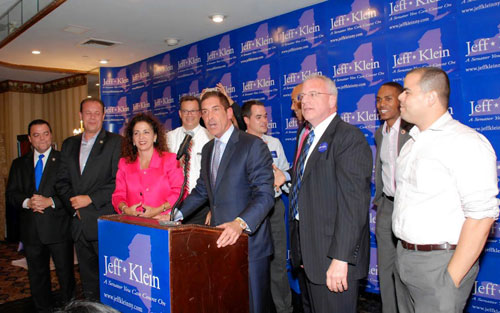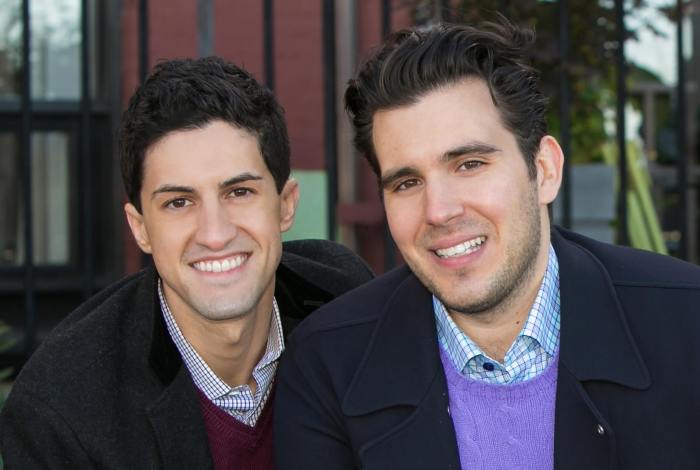Local leaders hope a plan to honor what might be a slave burial ground in Hunts Point won’t be buried in bureaucracy.
Students and faculty from Public School 48 joined elected officials and community leaders Friday, Jan. 24 to call on the state to give an overgrown patch of land on the south side of Joseph Rodman Drake Park —where students have discovered evidence that African and Indian slave workers were buried — official historic recognition.
“This area is covered with asphalt, grass, dirt. It’s not something that we can stand, not something that we can just let happen,” said local state Sen. Jeff Klein.
An untold history
Drake Park currently contains a fenced-off cemetery that harkens back to a time when wealthy slave-owning families had mansions in Hunt’s Point.
But up until now there was no telling where those families’ slaves were buried.
A group of fifth and sixth graders at P.S. 48, along with their teachers Justin Czarka and Grace Binuya, have built up a wealth of evidence that the slaves were also buried in the park, but without any graves. They’ve been reviewing census data, maps and other historic documents since Spring 2013.
The interactive history project was sparked when Philip Panaritis, an official with the city’s Department of Education, passed along an old photo of the area labeled “slave burying ground.”
A team of federal scientists strengthened the students’ claims in September 2013, when they used ground-penetrating radar to find “anthropologic features” —evidence of human activity — at a site nearly identical to where the students believe the slaves are buried.
Gaining offical status
Project backers want the site listed on the National Register of Historic Places. Recognizing the slave burial ground would be an important reminder of what Hunt’s Point used to be, they say.
“This will give us an opportunity to not just know what happened here,” said local Assemblyman Marcos Crespo, “but also an opportunity to reflect on that past and continue to address the problems that exist today.”
But first the state must give it historic recognition. A spokesman from the state’s Office of Parks, Recreation and Historic Preservation said the agency “will be happy to review the information collected by P.S 48.”
Any sort of monument, or official marking at the site, would go a long way.
“We’ve worked so hard on this,” Czarka said of his students, “that it’d be great to have any kind of recognition.”

